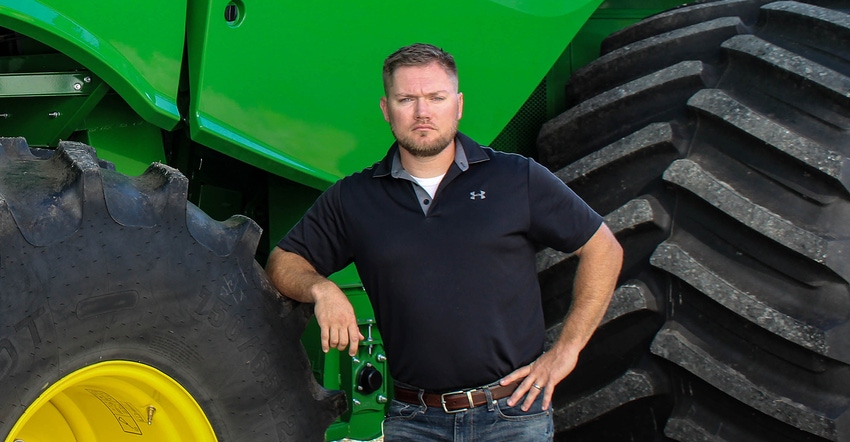
President Dwight D. Eisenhower dealt with improving infrastructure for commerce and transportation when he initiated the interstate highway system in the 1950s. Farmers who want to fully use all the bells and whistles of precision farming today find themselves longing for the same innovation. Only this time, the infrastructure that needs expanding and upgrading supports cellular communications and better broadband width throughout rural America.
Inroads are being made at both state and federal levels, but there’s still a steep hill to climb, farmers contend.
“Our farm operation is basically split into a north farm and a south farm, with the north farm in one county and the south farm in another, explains Seth Lawrence, Brook, Ind. He is part of Lawrence Farms and operates a precision ag consulting business. He and two other farmers recently took an hour out from harvest to participate in a virtual news conference sponsored by The Climate Corporation.
“Climate’s FieldView has many great features, but they require proper infrastructure support to get full use of them while in the field,” Lawrence says.
One of those features is “remote view,” which allows landowners hundreds of miles away to watch field operations. “It works great where we have good service, but in the county where we don’t have good infrastructure, we can’t use it,” Lawrence explains.
Nathan Reed, L&N Farms, Sedalia, Ken., was also on the call. “We have a big dead zone right in the middle of where we farm, too,” he relates. “It’s not as big as Seth’s poor-signal area, but if you’re in those fields, you can’t use all the technology.”
Ironically, Joe Haas, Murdoch Farms Inc. Holdrege, Neb., located in deep south-central Nebraska, isn’t plagued with these problems.
“We may lose signal once in a while, but when you’re back up the hill, you’re good again,” he says. “It’s really not a problem for us.”
Holds back precision
Where you have good broadband coverage, the days of pulling a stick out of the yield monitor at night and taking it home to upload data into a computer are over, all three farmers agree. Instead, they find themselves and their partners huddling around iPads at night once they shut down, even in the dark, to view various analyses on FieldView and to see which hybrids or practices performed best.
“The whole process of precision agriculture begins with collecting good data, and we can do that,” Lawrence says. “Even on the farm where we don’t have good infrastructure, we have enough room on iPads to store data collected during the day. Once we get back to the house or office with sufficient signal strength, we can upload from the iPad to the cloud.
“So, we don’t lose data. The frustration is that where we have good service, we can begin doing analyses and thinking about next season right in the field as we harvest. Where the signal is poor, it’s simply not an option. We can’t utilize all the power companies are building into precision tools, and that’s very frustrating.”
About the Author(s)
You May Also Like




